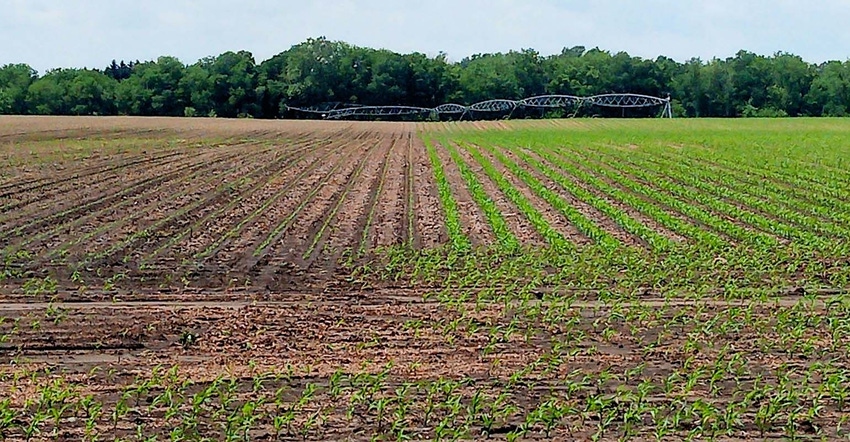June 1, 2018

Many of our fields experienced a two-week delay in planting this spring. For the last 10 days or so, the plan book was thrown out the window. It has been about getting seed in the ground.
Several times our ‘ideal’ seed for a farm was replaced with whatever we could get planted. I know there are many to the south of us who have had very little rain in the month of May. I’ve heard reports of seed sitting in dry soil as well as seedlings that sprouted and died. However, another 1-2” of rainfall on Wednesday pushed us to post a record for May rainfall.
I am glad to report we are finally finished up with planting 2018. It might not have been as hard as 1996 or 2011 (the years we surpassed for rainfall), it sure wasn’t easy.
Increased seeding rates
Planting soybeans became more expensive this last week or two as we increased seeding rates to compensate for lack of vegetative growth days before reproduction. First, we wanted to make sure short season varieties get enough height to harvest easily, competition drives height. Competition doesn’t add nodes, growing season does that. Since we lost a minimum of two weeks of growth, we lost potential nodes. As a result, populations were pushed 10-20%. This equates to an additional $7-$14 per acre. Experts will tell you that soybeans will compensate, but at the same time others will tell you to push population when you get later in the season.
It might seem odd, but we even flipped some planned soybeans fields to corn. We wanted to get the corn planted as soon as possible. The field was ready and the planter was in the area. Forecast rain would have surely pushed us past the window we wanted to plant corn on other farms that were not fit to plant yet.
As it turned out, that rain missed us, so we ended up with a little more corn that we expected. We’re okay with that, provided the market can hold some of its recent gains.
The opinions of the author are not necessarily those of Farm Futures or Farm Progress.
About the Author(s)
You May Also Like






